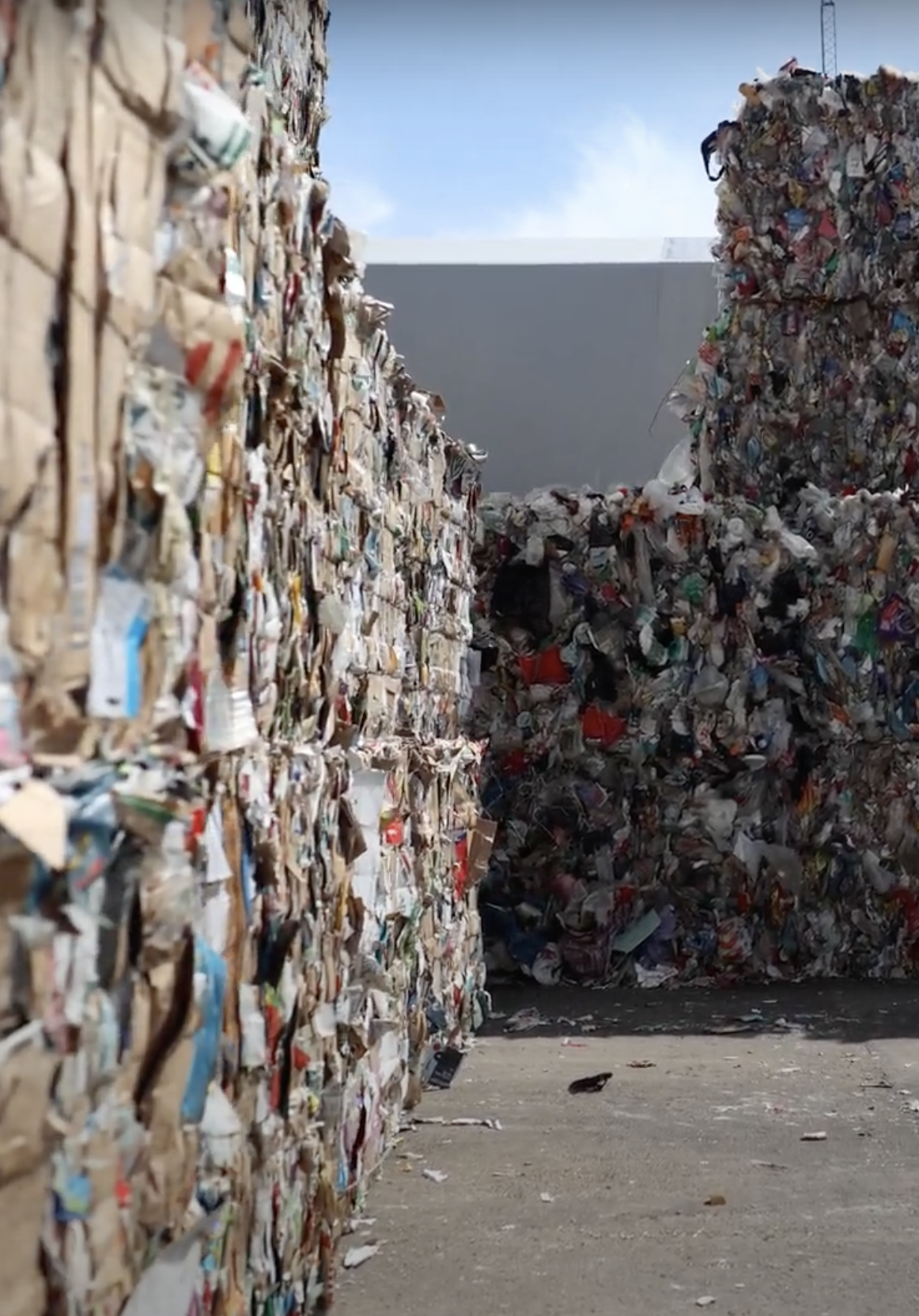Recycling Company Innovations That Are Changing the World
Recycling Company Innovations That Are Changing the World
Blog Article
Recycling plays an essential position in environmental sustainability, and knowledge the method behind it may reveal how natural products are shown a new life. Recycling Company (Återvinning Företag) follow a organized workflow to make certain spend components are effortlessly changed into used products. This method not merely reduces the strain on normal assets but also decreases environmental pollution. Here's a step-by-step look at how a recycling method unfolds—from collection to repurposing.
Step 1: Collection and Sorting
The first step in recycling is the number of recyclable waste. Residential, commercial, and professional resources lead to this supply of materials. Waste is typically collected through curbside applications, drop-off stores, or mass collection systems. Once gathered, the materials are moved to a recycling facility for sorting.

At the facility, innovative working systems are accustomed to separate components like report, plastics, materials, and glass. Handbook job is often combined with advanced technology, such as for instance infrared scanners and magnets, to enhance sorting accuracy. A well-executed organizing method assures correct categorization, which is a important step in sustaining product purity.
Step 2: Cleaning and Preparation
Once fixed, components need to be washed to remove contaminants like food deposit, dust, or labels. For example, parts are washed thoroughly before being shredded into smaller pieces, while metals are removed of impurities. Cleaning guarantees the recycled material retains its reliability and may effortlessly work as raw material in manufacturing.
Specific forms of resources also undergo preliminary running to make them suited to recycling. As an example, paper items are pulped and de-inked to get ready them for delete as new report products.
Step 3: Processing and Transformation
After cleaning, products are refined and organized for repurposing. Pockets may be dissolved down and reshaped in to pellets, metals are smelted into bars or blankets, and glass is smashed into cullets for recycle in new glass products. At this point, resources are transformed in to a standardized sort that serves as a foundation for production new items.

Step 4: Repurposing into New Products
Ultimately, the processed resources can be purchased to producers who change them into new products. Recycled parts may become outside furniture or apparel, while metals could be constructed in to structure products or new appliances. Applying recycled materials assures a closed-loop process, reducing the need for virgin resources.
The recycling method is important in strengthening circular economies and selling sustainability. By subsequent these complex steps, recycling companies breathe new living into materials that would otherwise subscribe to landfills. Understanding that workflow can motivate consumers and organizations likewise to prioritize recycling and make conscious choices regarding waste. Report this page